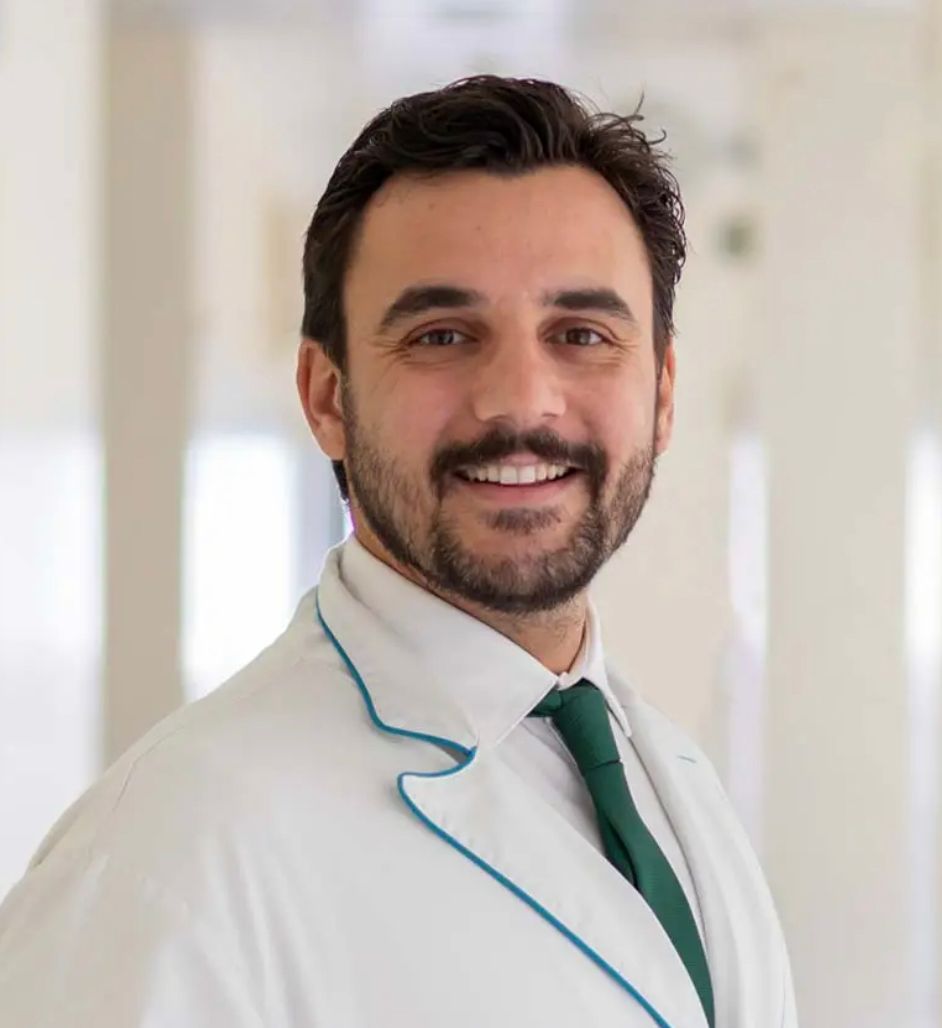
Dr André Varandas Borges | Specialist Doctor:
Barbotage and Calcification Washing Technique
Barbotage is a medical procedure used to treat certain musculoskeletal conditions, particularly those related to tendon problems, such as calcified tendinopathies.
The Barbotage is carried out under ultrasound image guidance, to ensure precise needle localisation and the effectiveness of the procedure.
The technique aims to promote decompression and the removal of calcified deposits or other irritating substances in the tendons, thus improving function and reducing pain.
What results can we expect when performing the Barbotage technique on a calcified tendon?
Calcification resolution: The main aim of barbotage is to break up and dislodge the calcified deposits present in the tendons. This can lead to the dissolution or fragmentation of these calcifications, making them more susceptible to absorption by the body.
Pain reduction: The treatment of calcifications in tendons is often associated with pain. By removing the calcifications and relieving pressure on the surrounding tissues, you can help reduce the pain associated with inflammation and compression.
Improved tendon function: By reducing the presence of calcifications and promoting a healthier environment in the tendon, it can contribute to improving the function of the affected tendon. This can result in a greater range of movement and the restoration of functional capacity.
Stimulating the natural healing process: The needle used during barbotage can cause a mechanical effect on the tissue, stimulating the body's natural healing response. This can include the promotion of local blood circulation and the release of growth factors, which aid the healing process.
Recommendations after intervention with the Barbotage technique?
After the Barbotage procedure, the doctor will give you recommendations that you should follow strictly to ensure the best results.
Some of these recommendations could include:
- Relative Rest: Your healthcare professional may recommend a period of relative rest to allow the tendon to recover. Avoiding activities that put excessive stress on the treated area may be essential.
- Ice: Applying ice to the treated area can help reduce inflammation and relieve pain. The use of cold compresses can be recommended several times a day, as needed.
- Pain and inflammation medication: The use of non-steroidal anti-inflammatory drugs (NSAIDs) can be recommended to control pain and inflammation. However, it is important to follow the health professional's instructions and not exceed the recommended doses.
- Avoid Excessive Activity: Avoiding activities that overload the treated tendon is essential during recovery. This can include lifting heavy objects, participating in high-impact sports or performing repetitive movements that cause stress on the area.
- Medical follow-up: Regular follow-up with your doctor is essential to assess the progress of your recovery, adjust your treatment plan as necessary and address any persistent concerns or symptoms.
- Physiotherapy: In some cases, physiotherapy sessions may be recommended to promote faster recovery and improve tendon function.
- Exercise and Rehabilitation: An exercise and rehabilitation programme may be prescribed to gradually strengthen the tendon and improve the range of movement. The start of these exercises may depend on the stage of recovery.
Consult here some of pathologies and treatments that Dr. André Varandas Borges treats.
